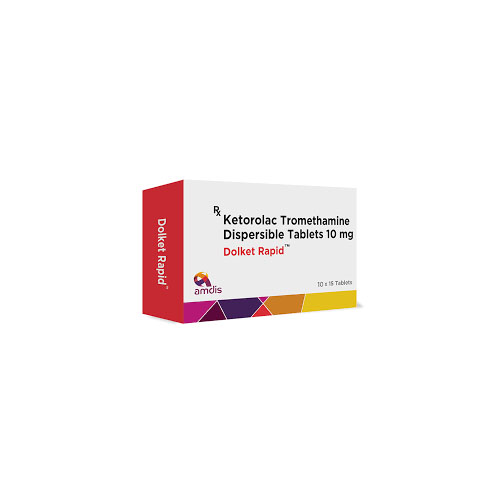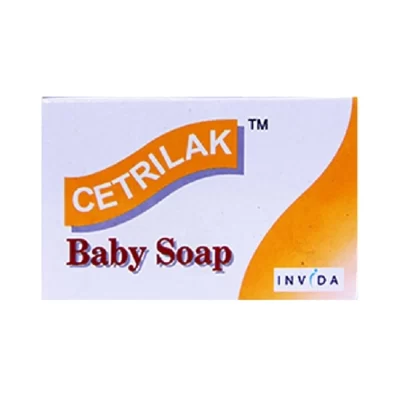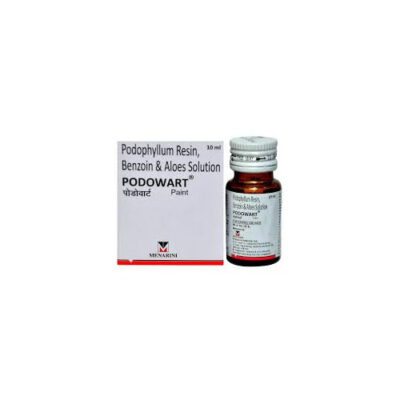Description
What is this medicine for
This medication is a non-steroidal anti-inflammatory agent (NSAID), prescribed for short-term management of severe pain, usually after surgery that requires analgesia (pain killer) at the opioid level and free from opioid side effects. It stops the bodys production of substances (prostaglandin, histamines etc) that cause pain, fever and inflammation.
How does it work
Ketorolac tromethamine blocks chemicals that cause pain and swelling.
How should this medicine be used
It comes as a tablet to be taken by mouth. It is usually taken every 4 to 6 hours on a schedule or as needed for pain. It also comes as eye drops to instill into the affected eyes, as directed by your physician.
Common side effects of this medicine
Headache. Belly pain. Upset stomach or throwing up. Many small meals, good mouth care, sucking hard, sugar-free candy, or chewing sugar-free gum may help. Loose stools (diarrhea).
What do I do if I miss a dose
Take a missed dose as soon as you think about it. If it is close to the time for your next dose, skip the missed dose and go back to your normal time. Do not take 2 doses at the same time or extra doses. Many times this drug is taken on an as needed basis.
What precautions should I take when taking this medicine
If you have an allergy to ketorolac tromethamine or any other part of this drug. Tell your doctor if you are allergic to any drugs. Make sure to tell about the allergy and what signs you had. This includes telling about rash; hives; itching; shortness of breath; wheezing; cough; swelling of face, lips, tongue, or throat; or any other signs. If you have any of these health problems: Bleeding in the brain, bleeding problems, hole in the GI (gastrointestinal) tract, recent GI bleeding, very bad kidney disease, ulcer disease, or use before surgery. If you are more than 24 weeks pregnant. If you are breast-feeding.
When do I need to seek medical help
If you think there was an overdose, call your local poison control center or ER right away. Signs of a very bad reaction to the drug. These include wheezing; chest tightness; fever; itching; bad cough; blue or gray skin color; seizures; or swelling of face, lips, tongue, or throat. Chest pain or pressure. Change in strength on 1 side is greater than the other, trouble speaking or thinking, change in balance, or blurred eyesight. Very upset stomach or throwing up. Very bad belly pain. Very bad swelling or pain of hands or feet. A big weight gain. Black, tarry, or bloody stools. Blood in the urine. Very loose stools (diarrhea). Any bruising or bleeding. Any rash. Side effect or health problem is not better or you are feeling worse.
Can I take it with other medicines
Sometimes drugs are not safe when you take them with certain other drugs and food. – Taking them together can cause bad side effects. – Be sure to talk to your doctor about all the drugs you take.
Are there any food restrictions
Avoid Alcohol
How do I store this medicine
Store in a cool, dry place away from the reach of children. – Medicines must not be used past the expiry date.
Pregnancy Category
Category C : Animal reproduction studies have shown an adverse effect on the fetus and there are no adequate and well-controlled studies in humans, but potential benefits may warrant use of the drug in pregnant women despite potential risks.
Therapeutic Classification
Nonsteroidal Anti-Inflammatory Drugs (NSAIDs), Non-Opioid Analgesics & Antipyretics






Reviews
There are no reviews yet.